In this video, we're going to focus on techniques to help you recover when you're feeling breathless. These techniques can also help if you're feeling anxious. Try all of them and see which works best for you. Practice them regularly so they become a habit when you're breathless.
Breathing control is healthy, relaxed breathing using your main breathing muscle that
sits under your lungs called the diaphragm. You breathe into the bottom of your lungs with your upper chest and shoulders relaxed.
Get into a comfortable position with your arms supported on the armrests of a chair, or on your lap.
Let your shoulders and body be relaxed and loose.
Get into a position that is comfortable for you.
Place one hand on your chest and one hand on your tummy.
Breathe in gently through your nose, aiming to breathe as deep into your lungs as you can.
Breathe out through your nose if you can.
If you can't breathe out through your nose, breathe out through your mouth instead.
And just see where you feel you're breathing from. Are you breathing more from the chest, or from your tummy? What we'd like is for you to be breathing more from your tummy.
So as you breathe in from your nose, let the air come low into your lungs, pushing your tummy out against your hands and then breathing out and letting the tummy sink back.
And breathing in and out.
With each breath out, try and let go of any tension in your body and gradually try to make your breaths slower.
Continue to keep your shoulders nice and relaxed if you can.
You may feel a little lightheaded when you first practice this as you're probably breathing deeper than you have for a long time. This is normal and the lightheaded feeling will pass after a few days of practice.
It's best to start with a few minutes and build up to about 10 minutes.
You could do it when you're going for a walk, in the car, or washing the dishes.
Now we're going to talk about the rectangle breathing technique, or box breathing. This can be used to slow down and help control your breathing when you're feeling out of breath.
So wherever you are, whether that's at home, at work, or you're outdoors, you'll always see something that's shaped like a rectangle. This may be a book, a TV, a window, or a picture on a wall.
If you follow the sides of the rectangle with your eyes, you can gradually slow down your breathing rate and get your breathing back to normal. The short side of the rectangle is your in breath, and the long side is your out breath. The aim is to breathe out gently for a bit longer than you breathe in.
Next I'm going to show you how you can use a wall or an object to help you recover your breathlessness when you're standing up. If you're outdoors and you become breathless and there isn't anywhere to sit, you can lean onto a wall.
Try to keep your back straight, keep your feet a shoulder width apart and a short distance from the wall with your knees slightly bent.
You might find it easier to lean sideways or forwards.
If you're at home, you could lean forwards for support onto a chair, rail or window sill, or perhaps a walking frame.
Try to relax your hands, wrists, shoulders, neck and jaw as much as possible, and then focus back onto the rectangle breathing technique, as we've just learned. This can help you recover your breath.
Breathe in through your nose and out through your mouth.
You can recover your breathing by trying a range of positions while sitting on a chair.
Sit on a chair with your legs apart and shoulders relaxed.
Lean forwards, leaning the lower part of your arms on your legs.
Breathe in through your nose and out through your nose or mouth.
A second option is to sit on a chair with a table in front of you.
Keep your legs apart and rest the lower part of your arms on the table.
A third option is to put pillows on the table in front of you, stacked at a height that's comfortable. Relax your head down onto the pillows as much as possible, or rest your hands on the pillow and have your head on your hands.
It might help to keep your legs apart while you do this.
Breathe in through your nose and out through your nose or mouth.
It may also help you to get your breath back by lying down on your side and propping your head up with pillows.
Lie down on a bed and make sure that you're fully over onto your side.
Bend your knees forwards.
Ensure your head is resting on a few pillows so that you're slightly upright.
We hope you found this video useful. If you'd like to learn more about breathlessness, you can read more on our website.
This video is six minutes and two second long and includes:
- practical demonstrations of breathing techniques you can use to get your breath back, such as Breathing control and Rectangle breathing
- positions to help you recover from breathlessness.
Try them all and see which one works best for you. Practice them regularly so they become a habit when you’re breathless.
Another benefit of these techniques and positions is that they can help if you’re feeling anxious. So you can also do them on their own whenever you need to.








